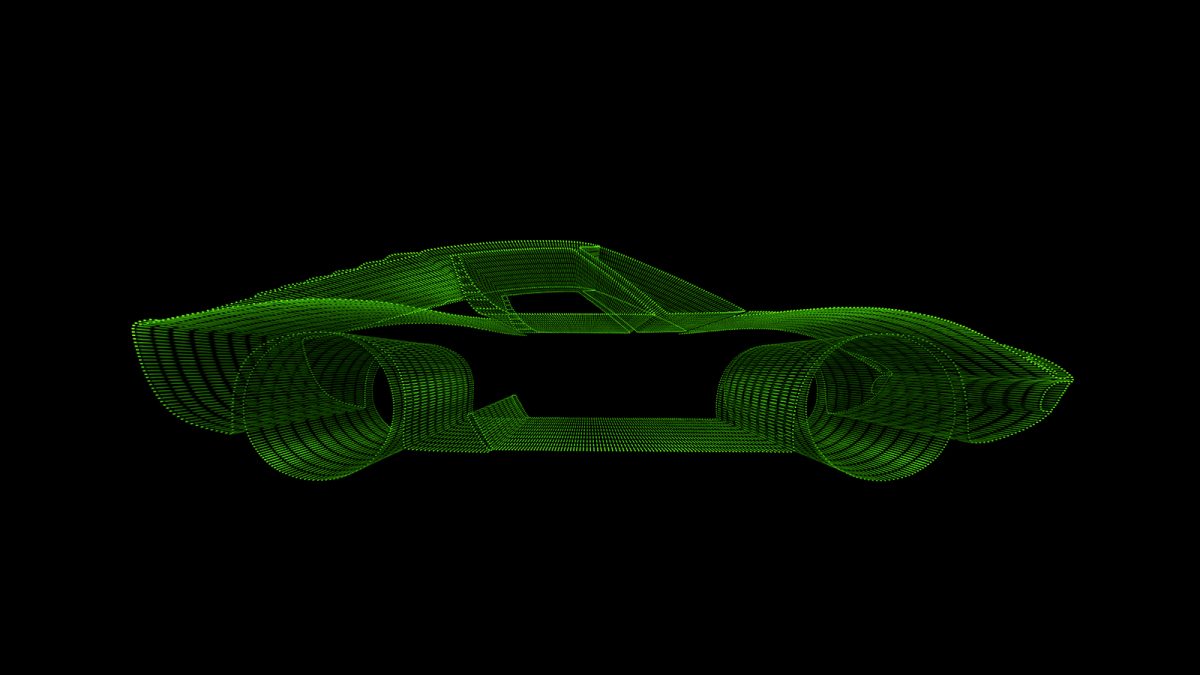Very few cars managed to change the automobile world like the Lamborghini Miura. With its central V12 engine and fascinating body, the Miura was a game-changer – seen as the world’s first “supercar” – a term automotive writer LJK Setright created for this car with reference to its exotic looks, advanced design, and incredible performance.
When first presented at the 1966 Geneva Motor Show, the two-seater redefined the concept of a sports car. The Miura impressed by Marcello Gandini’s sleek styling and the car’s revolutionary mid-engine design which has since become the standard for high-performance sports and supercars. Its 3,9-liter V12 engine produced 350 hp, and with a top speed of 280 km/h made it the fastest production road car at the time.
Unsurprisingly, the world got in fever with the new mid-engined Lamborghini. Pop stars and playboys snapped up most of the production even though each Miura cost 4 times the price of a Jaguar E-type. In less than 3 years, Lamborghini built 474 units of the first generation Miura P400.
Born in simpler times when designers didn’t have to contend with safety legislation and pedestrian impact requirements, the Miura was a car created when style reigned supreme. With bold, sweeping lines and the now-iconic wedge silhouette prominently featured on the Lamborghini Miura, all future Lamborghini models can be traced back to this iconic model to some degree.
The leather-clad cabin with roof-mounted switchgear and a low and reclined seating position was more akin to flying in a Concorde than driving a car, and the doors themselves were made to resemble a bull’s horns when opened, a reverence to its name’s origins, a famous line of Spanish fighting bulls. All of this could only be the product of its creator, Marcello Gandini, who had spent most of his time designing interiors for nightclubs prior to arriving at the Bertone Design Studio.
The car finally gained worldwide attention when an orange Miura is seen driving through the Alps in the opening sequence of the 1969 cult movie The Italian Job, before being blown up in an Alpine tunnel. Something that a film producer nowadays would certainly reconsider given its current 7-digit $ value.
Fortunately, You can bring some value back into your home while celebrating iconic Italian style, by owning a truly original piece of Automotive Art available from our Online Store.



